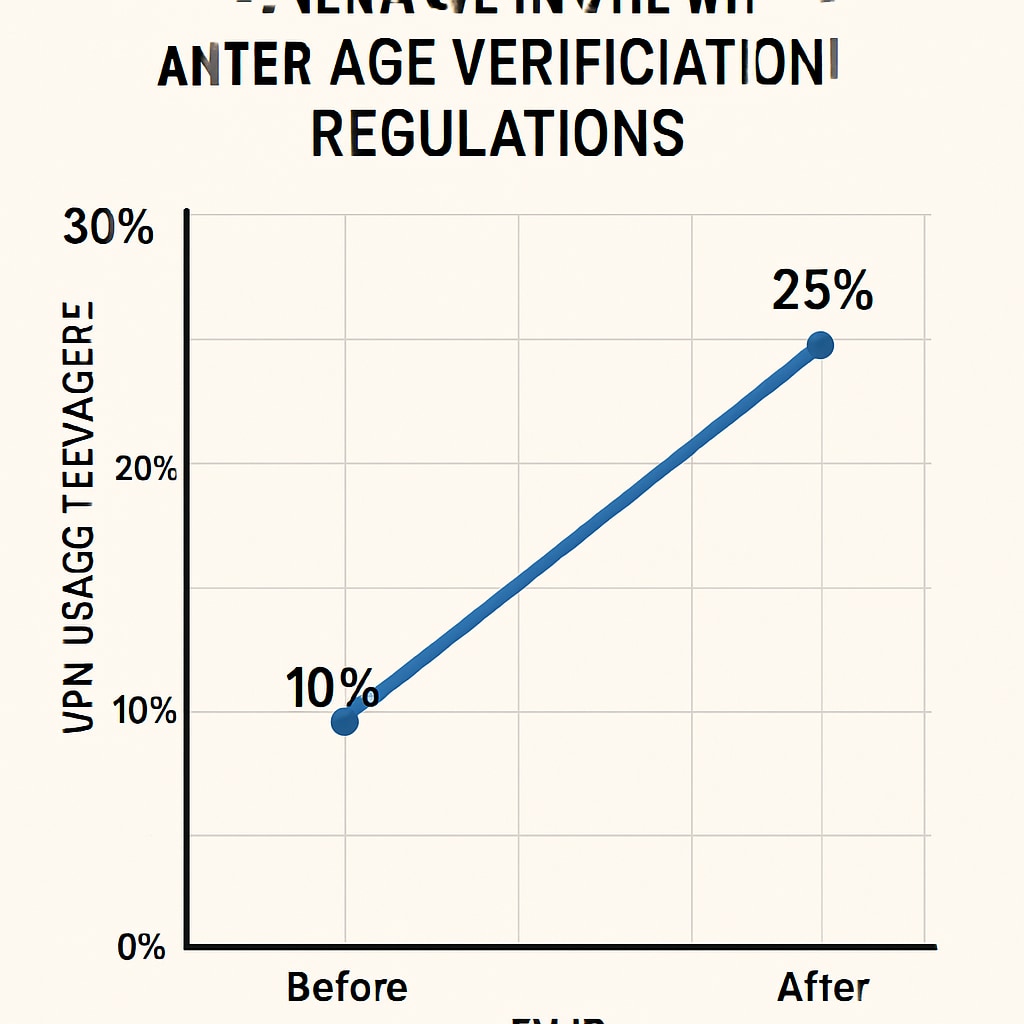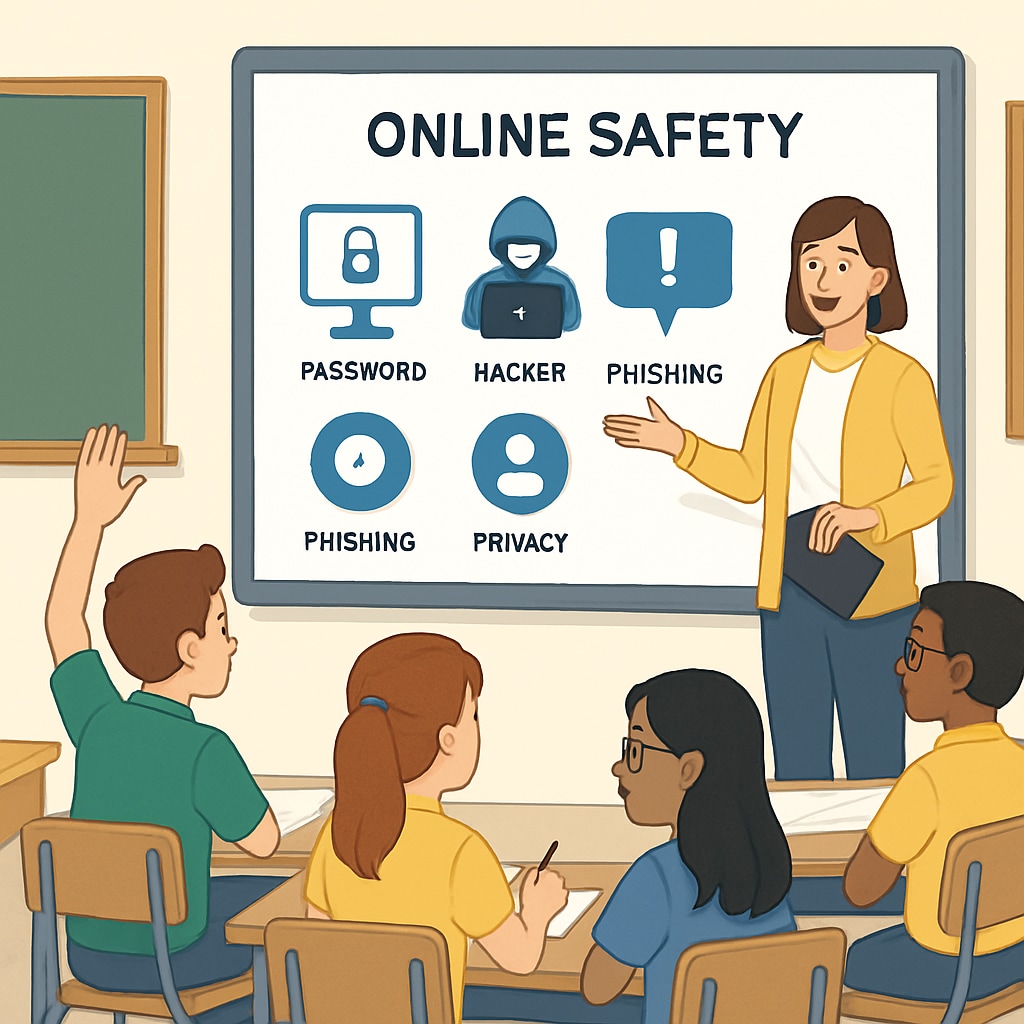In the wake of the UK’s new age verification regulations for accessing certain online content, a surprising trend has emerged: teenagers are turning to Virtual Private Networks (VPNs) to bypass these restrictions. This development has raised questions about the effectiveness of purely technical solutions and revealed the urgent need for digital literacy education in K12 schools. The balance between safeguarding young users and empowering them with critical thinking skills in the digital age has never been more crucial.
Understanding the UK’s Age Verification Rules
The UK government introduced strict age verification measures to ensure that minors cannot access adult content online. Websites hosting such content are now required to verify users’ ages through various methods, such as credit card checks or dedicated age verification services. While the intention behind these rules is commendable, the execution has faced criticism for its potential to invade privacy and create technical loopholes.
One unintended consequence has been the surge in VPN use among teenagers. VPNs enable users to mask their location and bypass geo-restrictions, effectively nullifying the age verification measures. This trend has exposed the limits of relying solely on technical barriers to regulate online behavior.

Why Are Teens Turning to VPNs?
VPNs have become a go-to solution for tech-savvy teens for several reasons:
- Privacy: VPNs offer a sense of anonymity, which appeals to users wary of sharing personal information online.
- Access: By masking IP addresses, VPNs allow users to bypass regional restrictions and access content blocked by age verification systems.
- Cost-Effectiveness: Many VPN services are free or affordable, making them accessible to younger users.
However, this growing reliance on VPNs is not without risks. Free VPNs often come with their own set of privacy concerns, including potential data harvesting. Moreover, teens may unwittingly expose themselves to malware or phishing attacks through unverified services.
The Role of K12 Education in Addressing Digital Literacy
While regulatory measures aim to create a safer online environment, they cannot replace the need for education. Schools play a vital role in equipping students with the skills to navigate the digital world responsibly. Here are some strategies for integrating digital literacy into K12 curricula:
- Critical Thinking Skills: Teach students to evaluate the credibility of online content and understand the implications of bypassing safety measures.
- Privacy Awareness: Educate students about the risks and responsibilities associated with sharing personal information online.
- Ethical Use of Technology: Discuss the ethical implications of using tools like VPNs to circumvent rules.
By fostering these skills, schools can help students make informed decisions and reduce their reliance on circumvention tools like VPNs.

Striking a Balance Between Protection and Empowerment
The debate over age verification and VPN use underscores a larger issue: the need to balance protection with empowerment. While regulations are essential for safeguarding minors, they should be complemented by efforts to teach digital responsibility. Simply erecting barriers without addressing the underlying issues can lead to counterproductive outcomes, as seen with the rise in VPN usage.
In addition to education, parents and policymakers should collaborate to create a more holistic approach to online safety. Open dialogues about internet use, combined with transparent policies, can foster a culture of mutual understanding and shared responsibility.
In conclusion, the UK’s age verification rules have highlighted the limitations of technical solutions in addressing complex social issues. By focusing on digital literacy and critical thinking, we can empower the next generation to thrive safely and responsibly in the digital age.
Readability guidance: This article uses short paragraphs, lists, and transitions to ensure clarity. Active voice dominates, with minimal use of passive constructions. Key points are distributed across well-structured headings for easy navigation.


